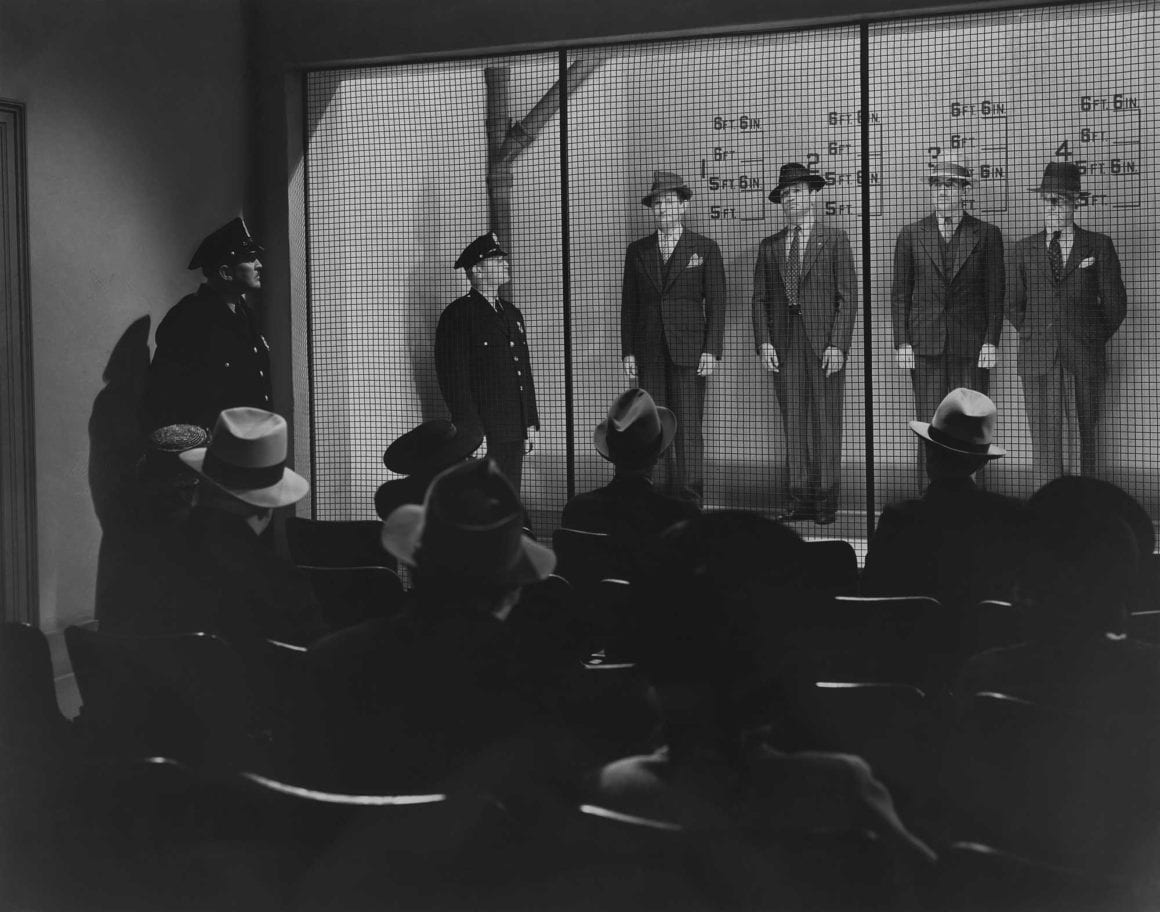The proof in the pudding: essential B2B marketing benchmarks

Want to know how your marketing compares with the industry average? Read on.
Every good marketing strategy needs a good set of performance indicators to back it up.
However, more often than not, determining these targets can be as big a stab in the dark as a game of pin the tail on the donkey.
So here are a few figures from Earnest to turn your wild guestimate into an educated estimate.
It’s not the size, it’s what you do with it
Let’s start with the big picture – marketing budgets. Are you an impoverished marketer or are you blessed with a bountiful budget? Here are the averages so you can see how your budget stacks up:
The typical b2b marketing budget equates to approx. 2-3% of annual revenue (for the flash harries in b2c it can be up to 12%).
If you want some specifics, the IDC CMO Advisory practice identified that in the IT space, the average marketing budget for an organisation is around 2.8%.
But in our view, it’s not just a question of how much but what you do with it. Leading us nicely on to how that budget is typically being allocated…
Spread your cash wisely
In B2B, 33% of this budget tends to go on advertising and direct marketing channels, 12% is devoted to digital marketing practices (keeping the twitter bods happy), 22% of the budget goes on events.
What’s left in the pot after that will get spent on PR and keeping your ear to the ground with marketing intelligence and sales support tools
Small organisations spend more pennies on pixels
Companies with 1-10 employees spend up to 44% of their lead generation budget online using SEO, PPC, blogging and various social media channels however in companies with 50 or more staff, the budget allocation to these online activities falls to just 31%.
Is there anybody out there?
Let’s get onto the nitty-gritty of response rates. Sending out a piece of direct mail using your own in-house list garners, on average, a 3.5% response. If it is a prospect list you are using, you may want to set your sights slightly lower and expect 1.6% to come back to you.
When using email marketing, your chances of connecting with targets is on the climb: around 15% of those on your house list that received the email should open it up, with a further 9.4% clicking through to find what you have on offer.
And keep it short and sweet. Studies have shown that if you cut the length of copy in your email in half, you could see up to a 16% increase in click-through rates. Again if you are buying in a prospect list these figures fall to 5.3% and 5.6% respectively.
Some more B2B specific figures: B2B sales campaigns see an average 22% open rate and 3.2% Click Through Rate, whereas B2B services campaigns may see a 15.3% open rate, but a 2.6% of click-throughs.
Keep it interesting and visible online
Using online display ads delivers an average of a 0.05-0.2% response rate. Add a bit of rich media into the mixer, however, and you could be seeing up to 8%.
The average click-through rates for banners hovers at 0.2%, but try increasing your success by 300×250 banners which see an average of 0.35% CTR.
Preaching to the choir?
Once your target audience has got sight of your campaign and responded in one way or the other, 4 in 10 of these leads on average will move from an initial enquiry to being ‘sales ready’.
Of these, another 4 in 10 will move to be a qualified prospect, and 3 out of those 10 will finally convert to what you have been looking for – a sale. In theory.
Find them on Google
If you’re looking for the most useful channels to warm the cold prospects, paid search advertising (1.3% conversion rate) and email (1% conversion rate) come top of the pile, whereas direct marketing falls short at the bottom (0.2% conversion rate).
Source: Hubspot
The people’s platform
For B2B, its all about LinkedIn.
LinkedIn proves to be the most useful channel, with 45% of companies having acquired a customer from this professional networking and community vehicle. This is closely followed by the company blog which has delivered new customers for 43% of companies that use them.
Blog daily or multiple times a day and you will see your number of leads shoot up. That’s if you’ve got the time mind.
Source: Hubspot
The world’s largest sometimes lag behind
In B2B, Facebook is still playing catch up with a mere 33% finding a customer on the world largest social network.
Source: Hubspot
══════════════════
These figures may be just a taste of what agencies and companies have seen in the results of their campaigns, and opinions will be divided. Of course there are some examples that break the mould. Our very own direct marketing programme for PensionsFirst saw a 60% response rate. But without these benchmarks as the foundation of your campaign it is sadly just a group of pretty pictures, clever thinking and empty promises.
What are your experiences of campaign results and researching benchmarks for campaigns in B2B? We’d love to know.

